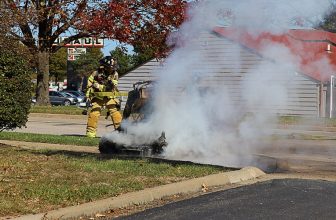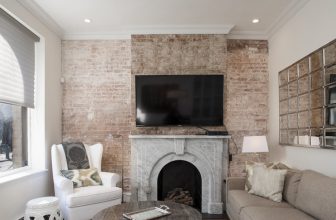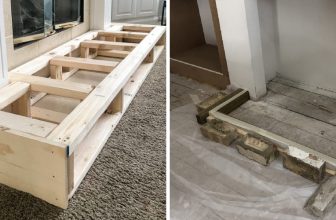How to Seal Off Fireplace
Are you looking for a way to keep your home and family safe from the risks of fireplace heat? Do you wonder how different materials can help insulate and protect your family while allowing some heat to escape in order to maintain comfortable temperatures without wasting energy? Sealing off your fireplace is an effective, economical way to ensure your safety while also increasing efficiency.
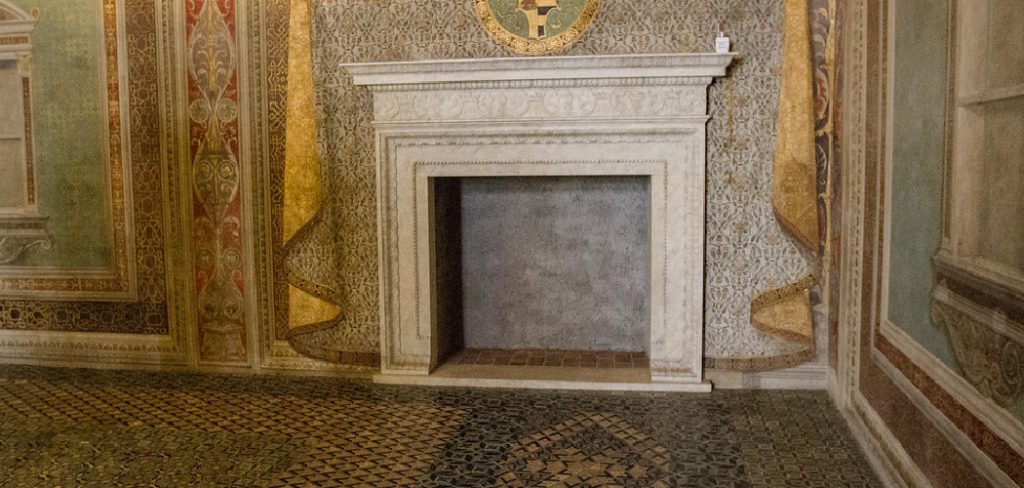
In this blog post on how to seal off fireplace, we’ll discuss all the potential benefits and explore different tips on how best to seal off a fireplace. We’ll look at suitable materials, installation processes, possible problems and solutions that could arise when it comes time to seal off the area around your fireplace. Ready? Let’s get started!
Necessary Materials
To seal off your fireplace effectively, certain materials and tools will be required. Here’s a list of what you’ll need:
Chimney Balloons or Chimney Draft Stoppers:
These are inflatable devices designed to fit into the chimney flue, blocking drafts and heat loss.
Fire-resistant Insulation:
This material can be placed around the chimney exterior and fireplace opening, improving energy efficiency.
Mortar:
This is used to fill gaps between the firebox and masonry joints on the fireplace. It can also be used to seal areas around a prefab fireplace.
Caulk or Sealant:
Used for sealing cracks and seams around the fireplace, both inside and out.
Protective Gear:
To ensure you stay safe while sealing off your fireplace, it’s important to invest in protective gear such as masks, gloves, goggles, etc.
10 Step-by-step Guidelines on How to Seal Off Fireplace
Step 1: Inspect Your Fireplace and Chimney
Take note of any existing flaws, such as cracks and gaps, in order to determine the best approach when it comes time to seal off your fireplace. It’s important to be thorough as some problems may not appear obvious at first glance. But a proper inspection should help you spot any potential issues.
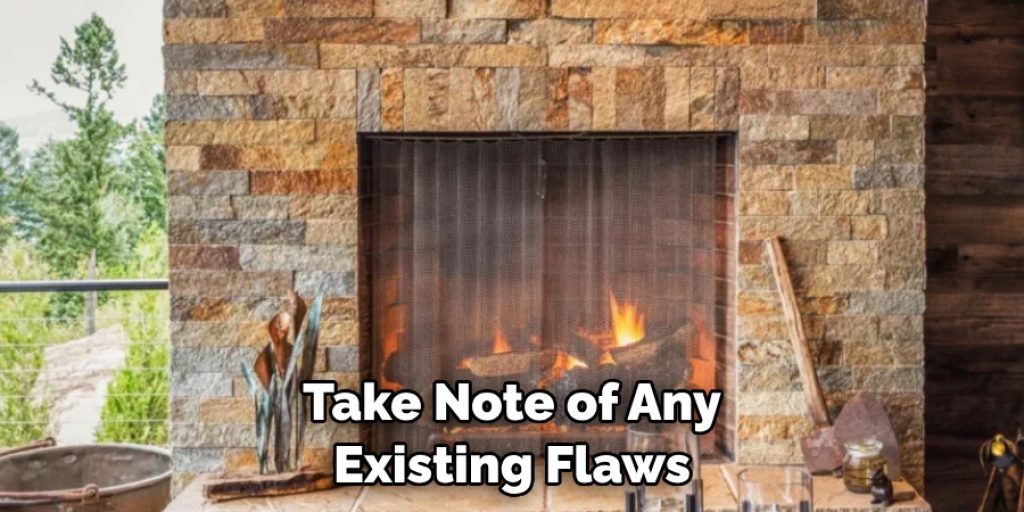
Step 2: Install a Chimney Balloon or Draft Stopper
This will help prevent heat loss and improve energy efficiency in the home. It’s important to ensure that they are properly installed by following all instructions and ensuring that the balloon or stopper fits properly. It’s also important to note that Chimney Balloons or Draft Stoppers should only be used with masonry fireplaces and not prefabricated fireplaces.
Step 3: Install Fire-resistant Insulation
Place this material around the chimney exterior and fireplace opening. This will help to maintain comfortable temperatures without wasting energy. This insulation should also be inspected periodically to check for any signs of wear or tear. It’s important to replace insulation that has deteriorated in order to ensure maximum energy efficiency.
Step 4: Check for Cracks in Mortar Joints
Check both inside and outside of the fireplace for any cracks in mortar joints. If necessary, use a chisel and hammer to remove any crumbling parts. But be sure to wear protective gear such as goggles and gloves. This will help to ensure your safety while working in and around the fireplace area.
Step 5: Seal Gaps with Mortar
Using a trowel, fill gaps between the firebox and masonry joints on the fireplace. You can also seal areas around prefabricated fireplaces using the same method. It’s important to ensure that the mortar is properly applied and evenly distributed in order to achieve a good seal.
Step 6: Seal Cracks and Seams with Caulk or Sealant
This will help to improve energy efficiency in the home by preventing heat loss through any cracks or seams. But it’s important to check for any areas that need caulking or sealant in order to make sure the job is done properly. It’s also important to use materials that are heat-resistant in order to ensure your safety and the effectiveness of the seal.
Step 7: Check for Air Leaks Around the Exterior
Using a smoke pen, check around windows and doorways for any air leaks that may have been created during the installation process. Caulk or seal up any gaps found to help improve energy efficiency and safety. This should be done annually to ensure that your fireplace remains sealed.
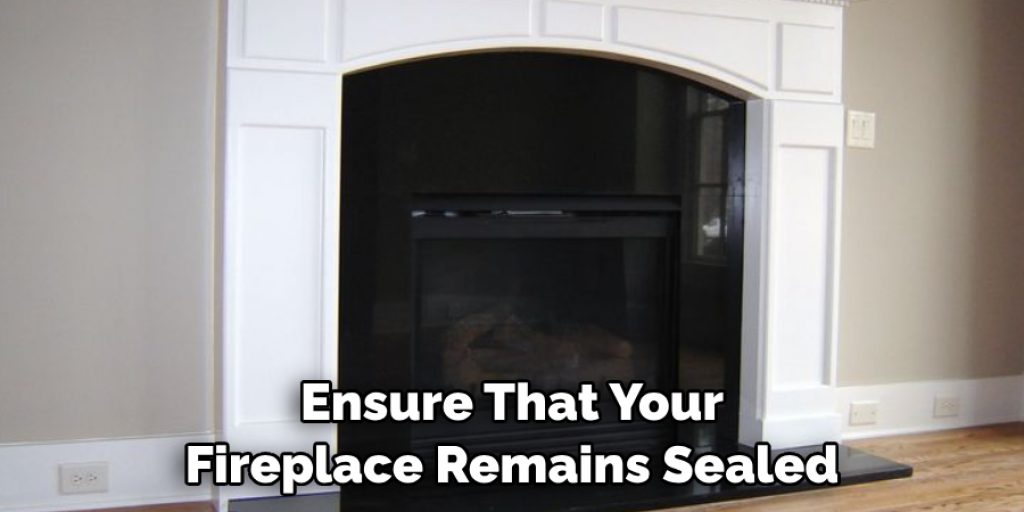
Step 8: Inspect Flue
Check for cracks in mortar joints, as well as any other signs of deterioration such as rust or corrosion, in order to identify potential risks of fire. It’s important to keep your flue in good condition, as even the smallest gap can lead to a dangerous situation. Any problems found should be addressed immediately.
Step 9: Inspect Fire Brick
It’s important to make sure that the fire brick is in good condition and properly installed, as this type of material provides added insulation and protection from heat loss. This should be done periodically to ensure that the brick is sound and not cracked or crumbling. If any issues are found, it’s best to replace the brick for added safety.
Step 10: Test for Proper Air Flow
Once you have completed the installation process, it’s important to test for proper airflow in order to ensure that your fireplace is properly sealed off and functioning efficiently. Always make sure to follow all safety precautions while conducting tests. It’s also a good idea to have the fireplace inspected by a professional on a regular basis.
Following these 10 steps on how to seal off fireplace should help you to properly seal off your fireplace and improve energy efficiency in the home. It’s important to remember that safety is paramount when it comes to any kind of fireplace installation, so be sure to follow all instructions carefully and wear appropriate protective gear while working with any tools or materials.
Sealing off your fireplace can provide many benefits, from improved safety to improved energy efficiency. We hope that this blog post has helped you understand how to seal off your fireplace and the materials needed for a successful installation.
Are there any other tips or tricks we should know when it comes to sealing off fireplaces? Let us know in the comments below!
Do You Need to Hire Professionals?
If you’re unsure about how to go about sealing off your fireplace, it may be worth considering hiring a professionals. Professional contractors have the knowledge and experience needed to safely install any necessary materials or tools. They can also provide advice on best practices for energy efficiency and safety.
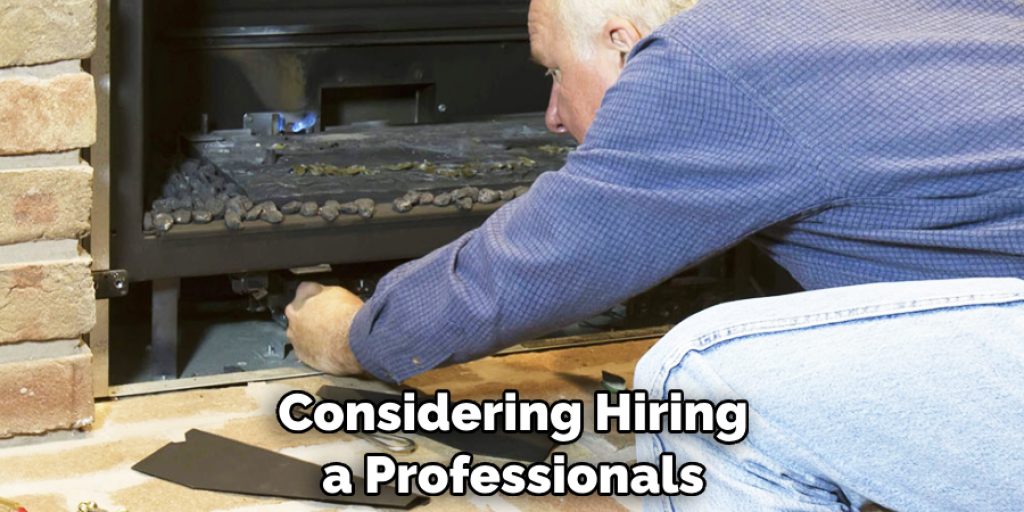
When looking for a professional contractor, make sure that they are certified in their field and that they are qualified to work with a variety of materials. Before making any decisions, be sure to get quotes from several different contractors in order to compare prices and services offered.
Frequently Asked Questions
Q1: Is Sealing Off a Fireplace Difficult?
A1: While sealing off a fireplace can seem daunting at first, with the right materials and guidance it can be easy to do. Following the steps outlined in this article should help ensure that you have everything necessary for a successful installation.
Q2: Does Sealing Off a Fireplace Require Special Tools?
A2: While some tools may be required for sealing off your fireplace, most materials can be found in any home improvement store. It’s important to remember to wear protective gear when using any tools or materials, as this will help ensure safety and proper installation.
Q3: What Are the Benefits of Sealing Off a Fireplace?
A3: Sealing off your fireplace can provide many benefits, from improved safety to more efficient energy use. By preventing heat loss and creating an airtight seal, you will be able to enjoy a more comfortable temperature in your home while also saving money on energy bills. Additionally, sealing off your fireplace can help reduce the risk of fire and smoke damage caused by drafts.
Q4: How Often Should I Check My Fireplace for Air Leaks?
A4: It’s recommended that you check your fireplace for air leaks at least once every year. This will ensure that any potential problems are identified quickly and can be promptly addressed. Additionally, it is important to have your chimney professionally inspected on a regular basis in order to prevent any potential accidents or hazards.
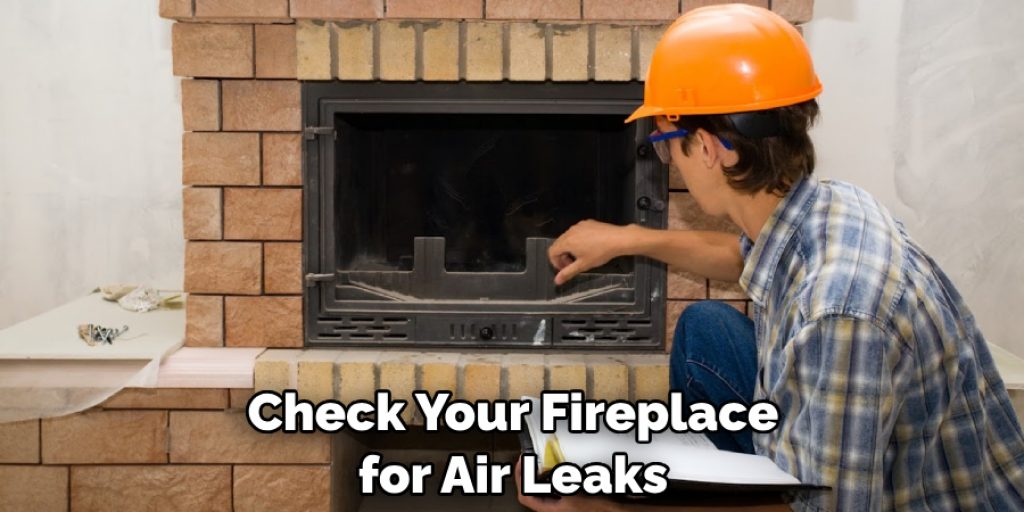
Conclusion
After careful consideration of the type of materials you need, the correct measurements for sealing a fireplace off, and the tools that may be required to get the job done, you should now feel prepared to take on this task. Whether you decide to hire a professional or tackle it yourself, make sure you are taking the necessary safety precautions before beginning. Taking all these things into account, you can now confidently seal off any fireplace with ease.
Even if it seems intimidating at first, remember that there are tips and guides available online and offline for any questions or doubts you may have about safely completing the job. The best way to ensure your safety when attempting this project is to research thoroughly beforehand. Now that you’ve read up on how to seal off fireplace, go out there and give it your best shot! Good luck!

